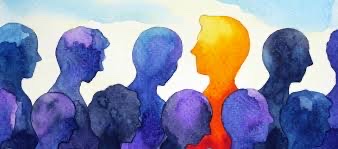
Stigmas and stereotypes are pervasive in our society and have a profound impact on individuals and communities.
Barriers, perpetual discrimination, and hindering social progress are all found in stigmas and stereotypes. This blog explores the harmful effects and highlights the importance of challenging and dismantling them to promote understanding and equality.
How do we define stigmas and stereotypes? Stereotyping is the process of forming judgments about individuals based on generalizations or notions about the groups to which those individuals belong. Stigmas are defined as unfavorable social perceptions linked to a personal trait that could be interpreted as a social, mental, or physical shortcoming. A stigma is an indication of social disapproval that can unjustly result in an individual being excluded and subjected to discrimination.
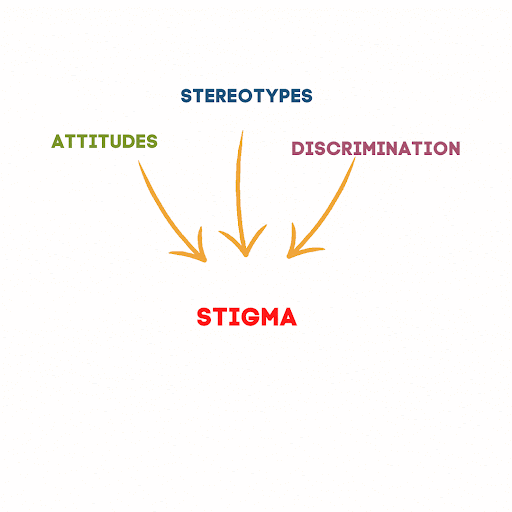
Stigmas can include racial stereotypes, gender stereotypes, mental health stigmas, and stereotypes related to occupations or social class. Stereotypes are often generated through ignorance, fear, and a lack of exposure to other cultures, perspectives, and experiences. I can see that the role of media and societal norms is reinforcing stigmas and stereotypes. The media representations of cultural norms and biases perpetuate and reinforce harmful beliefs.
Let’s not forget the impact on individuals and communities affected by stigmas and stereotypes. It is human nature to fear what we don’t understand.
There is a psychological and emotional impact that can lead to low self-esteem, anxiety, depression, and feelings of isolation. The social and economic consequences can result in discrimination, as well as limited opportunities and unequal treatment in areas such as education, employment, and healthcare. For example, stigma in healthcare can have negative effects on a person who is hiding their symptoms or illnesses for fear of being judged. Stigma is a well-documented barrier to health-seeking behavior, participation in care, and adherence to care in various health settings worldwide. Having a clear theoretical framework for intervention development, measurement, research, and policy is essential to stopping the stigmatization process and mitigating the harmful effects of health-related stigma. stigma-based social exclusion appears to be a response to threat and differs from health-related stigma in the extent to which the source of threat is physical (for example, fear of biological contagion, fear of violence and harm) or symbolic (for example, as disgust based on perceptions that are not adhered to by central cultural values). Through various health stigmas, people negatively stereotype, prejudice, and discriminate against a group and its members, although the content of the stereotype and the rationalization of the prejudices differ between groups (The Health Stigma and Discrimination Framework: a global, Crosscutting Framework to inform research, intervention development, and policy on health-related stigmas, 2019).
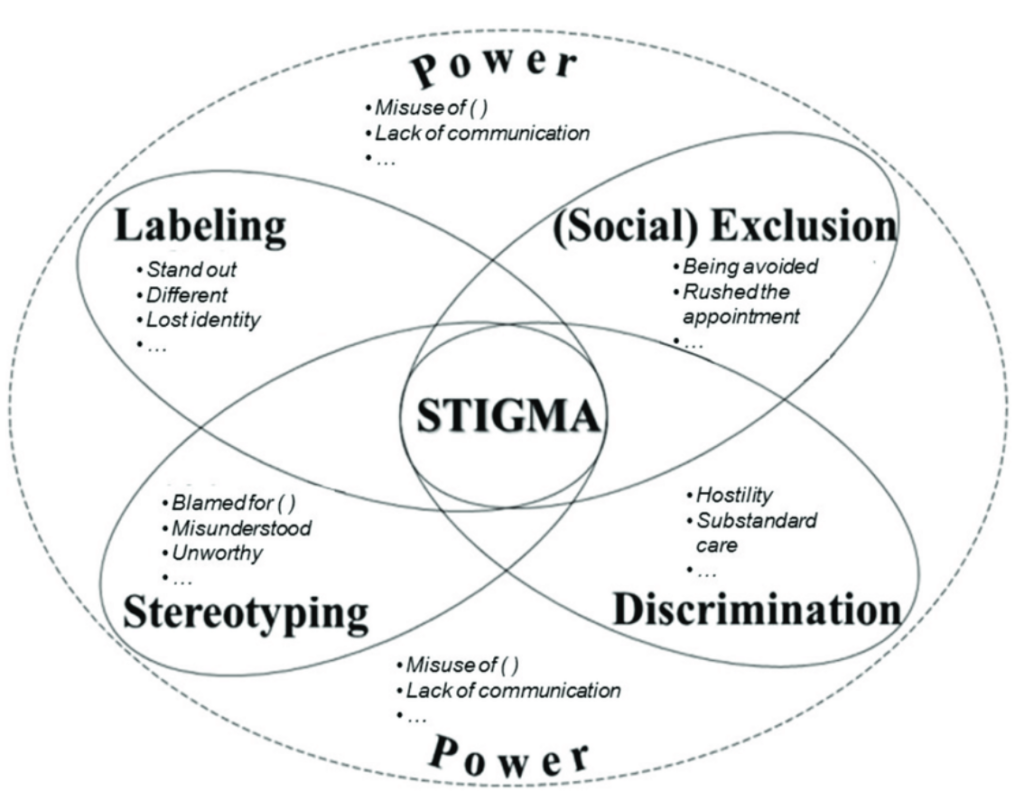
In addition, people can believe stereotypes about people with specific disabilities. For instance, people may think that all blind people are musical because they have better hearing. This stereotype may lead people to think that blind people should work in specific jobs, such as musicians or piano tuners. However, ideas like this are also generalizations. While some blind people are musically gifted,
I think it is important to encourage someone to talk about their feelings, without making them feel guilty or stigmatized could have a profound impact.
On the other hand, we also have to look at human biology.
Because they function as a heuristic or cognitive mechanism to swiftly absorb, interpret, and synthesize information, stereotypes are advantageous to the human brain. Being gregarious creatures, we try to learn as much as we can about people around us. But the amount of information is too great to digest in its entirety. As a result, we have heuristics to improve process efficiency. Applying a stereotype allows one to “know” something about a person very quickly. One might cultivate a “us versus them” mentality by using stereotyping to divide the world into distinct categories. With this perspective, one may categorize the social environment and set people apart from oneself. To put it another way, the development of a “us versus them” mindset separates people into ingroups and outgroups. The group that a person identifies with is their ingroup, while everyone else is their outgroup. According to the logic underlying heuristics, setting oneself apart from others is an essential cognitive process that helps us form a sense of self. However, the us versus them mindset that stereotyping promotes can be used as an excuse for mistreating an outgroup. As soon as someone perceives another person as a member of an outgroup, they have less difficulty treating that individual inhumanely.
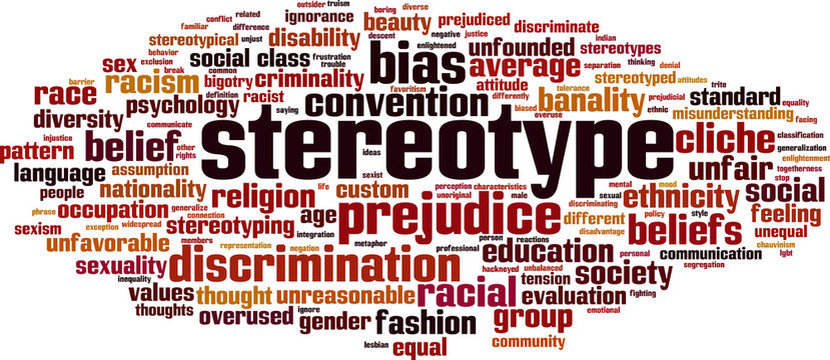
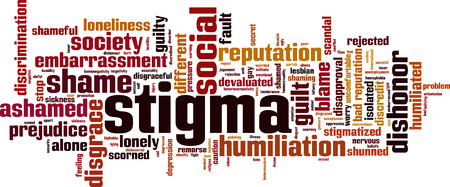
Furthermore, “The only thing we have to fear is fear itself,” declared President Franklin D. Roosevelt in his inauguration speech. He was referring to the Great Depression’s economic difficulties at the time when he said that it would be difficult to turn the economy around if we couldn’t get rid of our negative mindset. The consequences of the kind of despair that currently affects our culture are also true. It will be challenging for people impacted by mental illness to make a full recovery if we can’t eradicate the stigma.
There truly is only one obvious place to start: awareness and education breed understanding.
Reference:
Stangl, Anne L., et al. “The Health Stigma and Discrimination Framework: A Global, Crosscutting Framework to Inform Research, Intervention Development, and Policy on Health-Related Stigmas.” BMC Medicine, vol. 17, no. 1, 15 Feb. 2019, bmcmedicine.biomedcentral.com/articles/10.1186/s12916-019-1271-3, https://doi.org/10.1186/s12916-019-1271-3.
Sean McCrossin
It’s fascinating to think about how much goes into the social constructs set about by humans. Negativity I find really creeps up on us and can become so powerful that we forget ourselves. Even if one day we obtain true positivity, even that sort of situation would only beget more negativity. Both will always exist, and even though negativity seems stronger on the surface, I think deep down positivity will prevail.
Neveah Reese
I recently learned about the process of perception in my communications course and feel that it relates to how humans naturally create stereotypes and stigmas. In this process, we select the stimulation, organize it, interpret it, and then through communication we can begin to negotiate meaning and ideas. While this can result in the common negative stereotype, I think it is important to recognize that not all stereotypes are negative. There are some stereotypes that can be true most of the time without any negative connotation attached to it. As a social worker, it’s important to understand some stereotypes and how to either compact the negativity or recognize the needs that comes from it. All this ties into your final thoughts which I agree with, be aware and continuously educate.
John Da Broi
I think unfortunately we will always have people with perceptions and stereotypes of other people although they might not always be negative they probably aren’t going to be good as well. However, I do think we can use this negative perception from what other people say and learn to grow above it to not let this type of information/feedback affect us.
Christine Ryan
Stigma and stereotypes are always prevalent in low-income communities and homelessness. I’m just assuming people are lazy and or using drugs just because they can’t make ends meet. It reminds me of the book Maid by Stephanie Land about a single mom trying to make ends meet by being a maid. The trials of her child being sick and missing work, low-income housing, and being homeless. Trying to qualify for help and all the struggles and stereotypes that came with it.
Robi Naranjo
I heard it said that everyone is wearing different lenses or glasses of their life experiences so far, and these are our beliefs and biases, when we learn something new or have our beliefs questioned and challenged, we are putting on new glasses sometimes if I’m talking to someone with massive bias I just know they are wearing different glasses and try to ask them to try on different glasses by offering anecdote or a story they can relate to or understand. If I am being biased, it’s a lot harder to notice because we all have blind spots, and it’s a lot harder to recognize in ourselves. I see this play out in my church actually, there are a lot of people coming out of addiction and have prior law involvement and live in poverty me included and the other half of our church is very well to do, raised with privilege, college educated, and it was the very weird social situation with lots of bias on both sides and its been learning experience trying to navigate it gracefully.
Ian Miller
Navigating stigmas and stereotypes is difficult because they are everywhere. Humans categorized everything, it is how we think, it what enables us to process our thoughts so quickly. It just really sucks when the categorizing we do, whether on the individual level, in our thoughts and their correlated behaviors, or at the macro level, within our systems and policies, is done based on false or biased processing.
In your blog you stated that, “stigma in healthcare can have negative effects on a person who is hiding their symptoms or illnesses for fear of being judged. Stigma is a well-documented barrier to health-seeking behavior, participation in care, and adherence to care in various health settings worldwide”. This stigma is very real, and very dangerous to a population that is already vulnerable. Nobody should fear being sick for any other reason than the threat their illness/injury poses to their quality of life.
Ben Woods
Great post Alex! I think you did a great job defining and giving examples of stigmas and stereotypes. I like how you said that it’s human nature to fear what we don’t understand. I’ve personally been trying to challenge anything that I fear or don’t want to learn about because I don’t understand it. It’s fascinating how fast the brain will shift from being uninterested to curious just by getting over the surface-level feelings and attempting to find a deeper meaning. I will keep your post handy as it’s very informational. Great work!